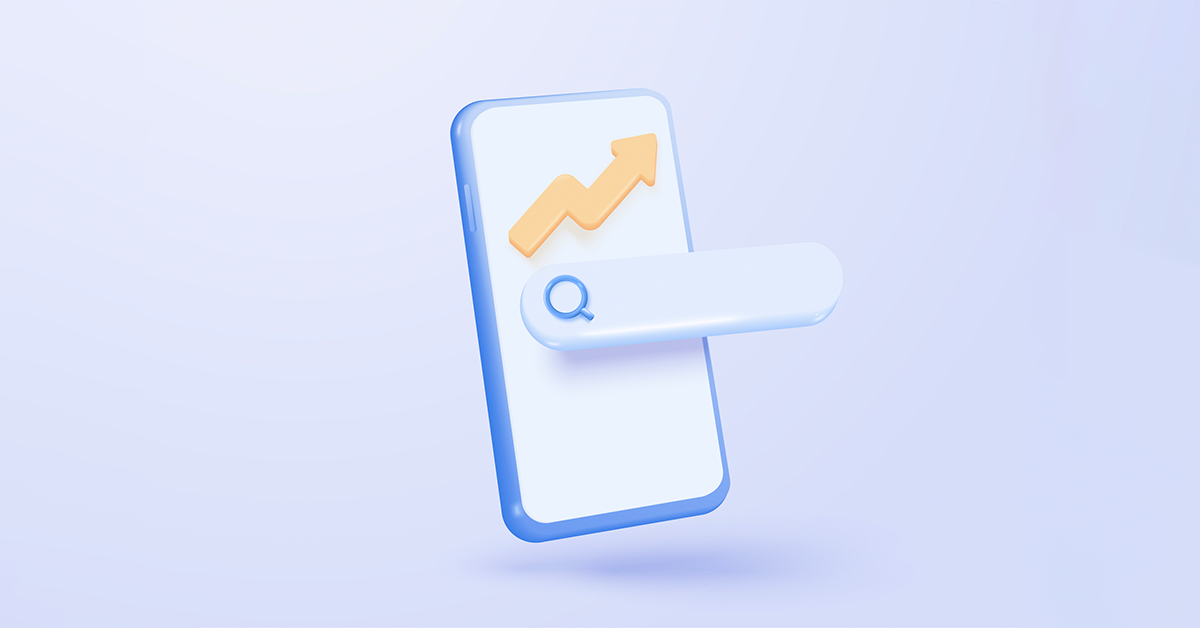Not every business is fortunate to have an army of web developers at their disposal. For those businesses who are trying to implement search engine optimisation by themselves, technical SEO can seem extremely complex. In this article we aim to break down some of the less complicated tasks you can perform to audit your website and hopefully improve your website’s overall rank on search engines.





